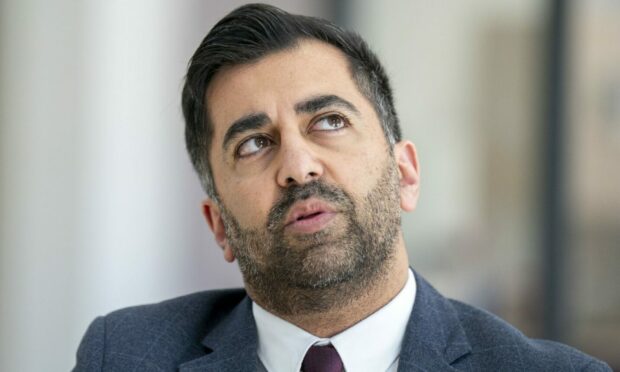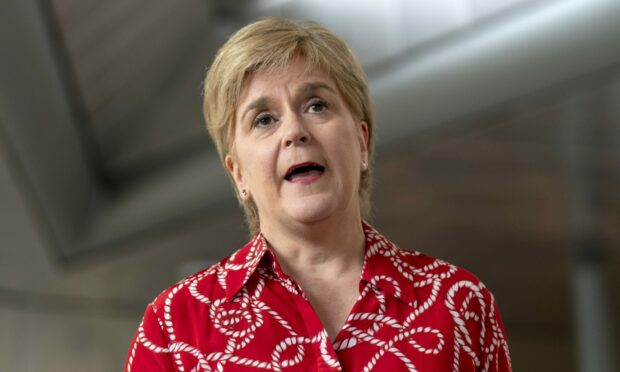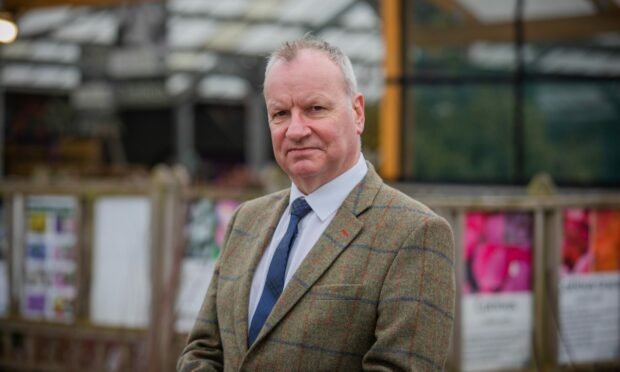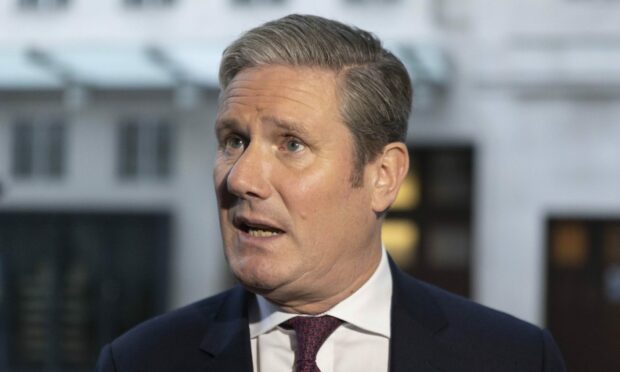
Exactly how the SNP achieves its ultimate goal of independence is a thorny question that has bogged down the party for much of the past decade.
Even as the party was able to manage success after success at the ballot box, frustration remained over the lack of progress on reaching a second referendum.
The UK Government has brushed off demands for a rerun of the 2014 vote at every turn, and it’s now Humza Yousaf’s unenviable job to find a way out of that impasse.
Sceptics would be forgiven for claiming the first minister moved no further forward in forging a new path during his speech at the SNP’s Dundee convention.
Mr Yousaf unveiled his own new blueprint for independence in the city’s Caird Hall – but it wasn’t altogether different from previous plans outlined by Nicola Sturgeon.
Almost immediately after he left the stage, uncertainty reigned as to the exact meaning of what Mr Yousaf had said to the audience.
He told the crowd the SNP will fight the next general election on a one-line manifesto to demand independence, but later admitted a referendum would still be acceptable.
The first minister was unable to clarify what exactly will happen when Westminster again inevitably reject his calls for a vote on breaking up the UK.
He said this will show voters Scotland is no longer in a “voluntary union”, but this is a stance already held by many unhappy independence supporters.
Meanwhile, unionists who are opposed to a second referendum are unlikely to be at all bothered if the UK Government says no to the SNP.
Indeed, many of them will approve of Westminster sticking to their stance against a fresh vote on the constitution.
Mr Yousaf’s strategy also leads to the bizarre scenario where he could pursue a referendum or exit from the UK even if his party loses lots of seats.
The SNP currently have 44 MPs, but polling has indicated Labour is on course for a comeback at the next election.
However, fears over the party’s electoral decline may be a key calculation in Mr Yousaf’s new blueprint.
At a time when his party is under intense pressure, the SNP leader needs to energise independence supporters to stop them from drifting away.
A one-line manifesto which hones in on the single topic of independence will remind opponents of the union why they have backed the SNP until now.
The vague nature of Mr Yousaf’s strategy – which allows for either a referendum or direct route to independence – will let voters take what they want from his speech.
Perthshire MP Pete Wishart took the first minister’s announcement to mean a return to the “de facto” referendum approach previously favoured by Nicola Sturgeon.
That’s despite the fact a referendum similar to the one held in 2014 remains Mr Yousaf’s clear “preference”.
His new strategy also poses questions over whether the SNP will ignore key questions over the cost-of-living crisis and NHS during the next election.
If the nationalists solely fight the next election on a one-line manifesto, can they participate in debates covering a much wider range of topics?
The SNP claim the soaring cost of living and high inflation is inextricably linked to the need for independence to get rid of the Tories for good.
But based on current polling Sir Keir Starmer’s Labour look likely to oust Rishi Sunak from Downing Street.
In its immediate aftermath Mr Yousaf’s speech was praised by politicians and activists who reckoned he had set out a clear vision.
For now, it at least allows the first minister to be clear on where he stands on his plan to pursue independence.
But any sense of optimism among the SNP membership may soon wear off as familiar problems start to rear their head again.
Mr Yousaf had plenty to say, but little has changed.

Enjoy the convenience of having The Sunday Post delivered as a digital ePaper straight to your smartphone, tablet or computer.
Subscribe for only £5.49 a month and enjoy all the benefits of the printed paper as a digital replica.
Subscribe

